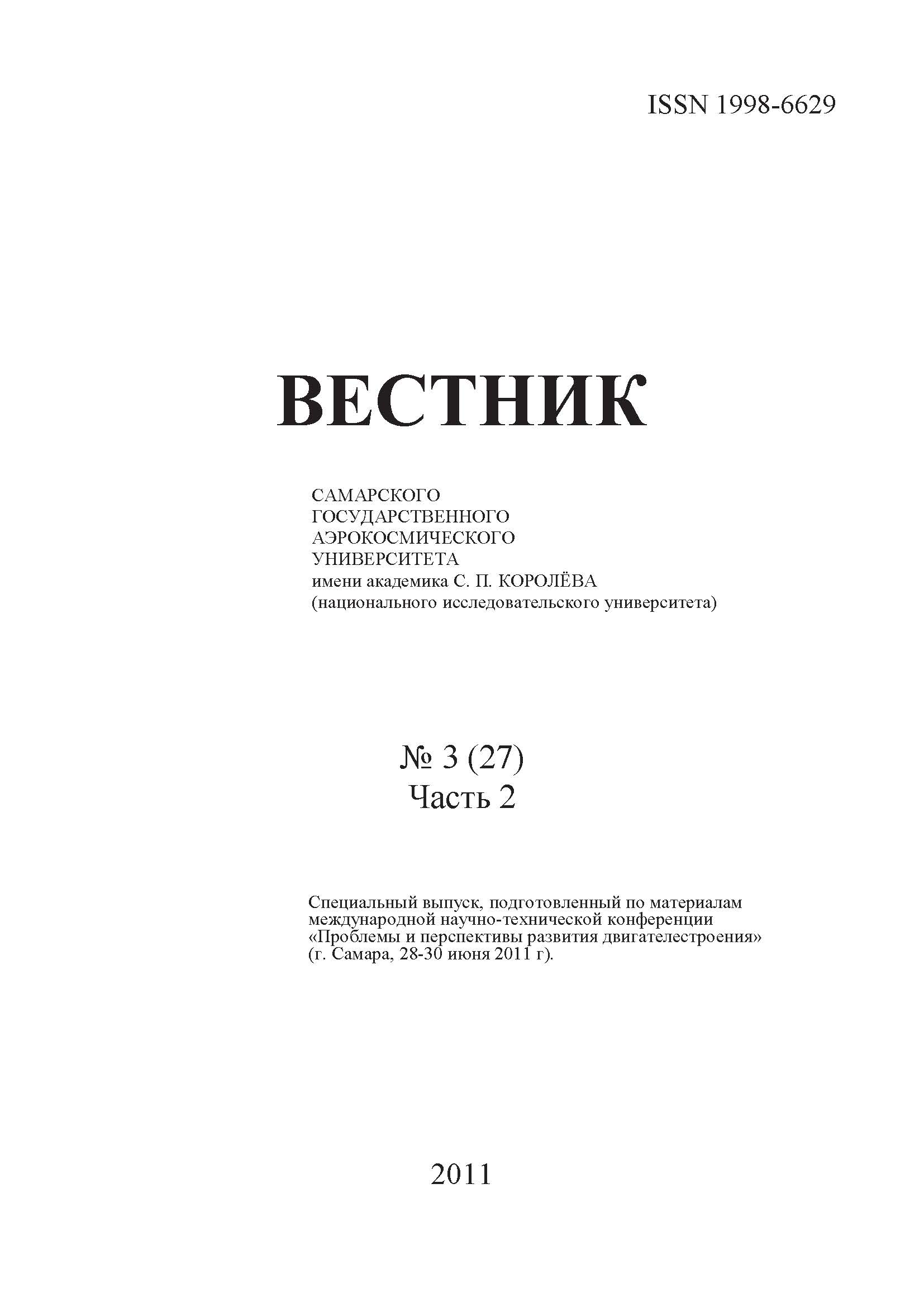Simulation of turbulent flow in simple and complex diffuser channels
- Authors: Davletshin I.S.1, Mingazov B.G.2, Yavkin V.B.2, Kesel B.A.1, Voskoboynikov D.V.1
-
Affiliations:
- JSC Design and Production Enterprise «Aviamotor»
- Kazan state technical university named after A.N. Tupolev
- Issue: Vol 10, No 3-2 (2011): Special Issue
- Pages: 11-15
- Section: AIRCRAFT AND SPACE ROCKET ENGINEERING
- URL: https://journals.ssau.ru/vestnik/article/view/6725
- DOI: https://doi.org/10.18287/2541-7533-2011-0-3-2(27)-11-15
- ID: 6725
Cite item
Full Text
Abstract
This paper presents a comparative study of six turbulence models for calculating the diffuser channels of different configurations, and also study of influence of parameters of computational grid on calculation results. The simulations was carried out on six grids with different spacing for the near wall points and different resolutions. The performance of six different turbulence models is compared with experimental results obtained at «Aviamotor» and other published experimental results. Creation of optimal models for different stages of engineering calculations of exhaust systems is considered.
About the authors
I. S. Davletshin
JSC Design and Production Enterprise «Aviamotor»
Author for correspondence.
Email: idavletshin@mail.ru
design engineer
Russian FederationB. G. Mingazov
Kazan state technical university named after A.N. Tupolev
Email: adeu@adeu.kstu-kai.ru
Doctor of Engineering science, professor
Russian FederationV. B. Yavkin
Kazan state technical university named after A.N. Tupolev
Email: adeu@adeu.kstu-kai.ru
Candidate of Engineering science, associate professor
Russian FederationB. A. Kesel
JSC Design and Production Enterprise «Aviamotor»
Email: market@aviamotor.ru
perspective developing deputy chief designer
Russian FederationD. V. Voskoboynikov
JSC Design and Production Enterprise «Aviamotor»
Email: opora@aviamotor.ru
the head of GTP designing department
Russian FederationReferences
- Buice, C.U. and Eaton, J.K. Experimental investigation of flow through an asymmetric plane diffuser. Report No. TSD-107. Thermosciences Division, Department of Mechanical Engineering, Stanford University, Stanford, CA, USA. August, 1997.
- FLUENT user's guide. - Fluent Inc., 2001.
- Newman, J.C., Taylor, A.C. Three-Dimensional Aerodynamic Shape Sensitivity Analysis and Design Optimization Using the Euler Equations on Unstructured Grids, AIAA Paper 96-2464, June 1996.
Supplementary files





















